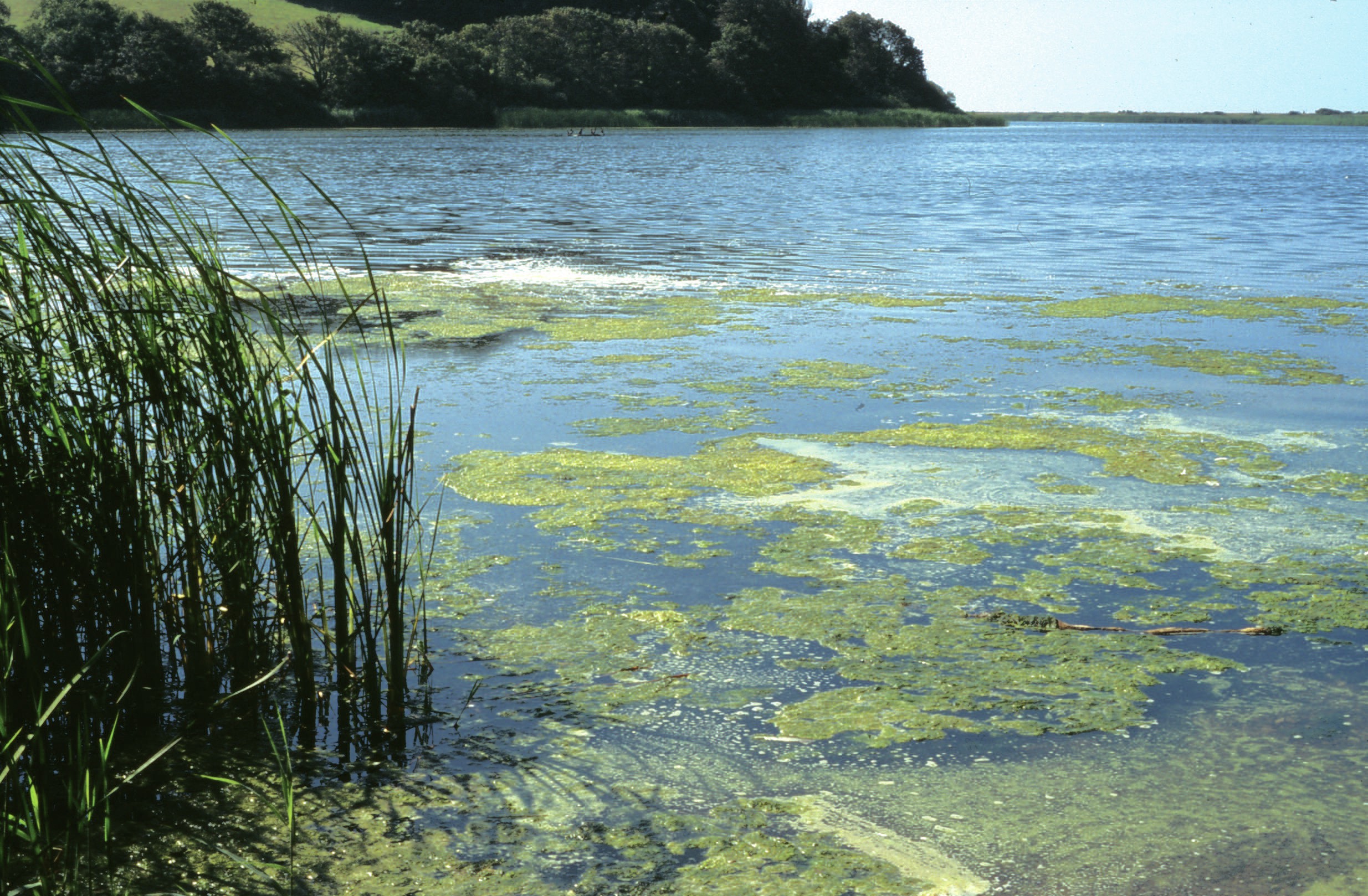
High nitrate concentrations in rivers and groundwater have been a concern for decades. Nitrate leaching from soils means a loss of soil fertility. Water high in nitrate cannot legally be used for drinking water. Nitrate also contributes to the nutrient enrichment of fresh and marine waters which leads to problems like eutrophication. This article looks at nitrogen cycling in soils and the way this relates to nitrate transport in river basins. Rising nitrate concentrations are primarily driven by land-use change in rural catchments and the impact can last a very long time.
High nitrate concentrations in rivers and groundwater have been a concern throughout the developed world for many years. In the 1970s, the main concern was about the possible impact of high nitrate concentrations in drinking water on human health, reflected in the European Drinking Water Directive (80/778/EEC). By the early 1990s, legislation (Nitrates Directive: 91/676/EEC) was also driven by concerns about the role of nitrate in the nutrient enrichment, or eutrophication, of surface waters, including coastal waters where primary productivity is often nitrogen-limited. In England and Wales as a whole, around two-thirds of the nitrogen carried by rivers comes from agriculture, and only one third from sewage effluent. In rural basins, over 90% of river nitrate comes from farmland.
Your organisation does not have access to this article.
Sign up today to give your students the edge they need to achieve their best grades with subject expertise
Subscribe




